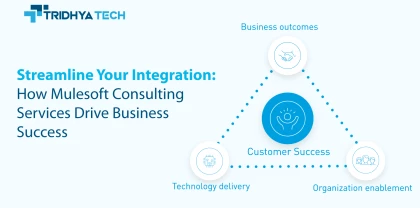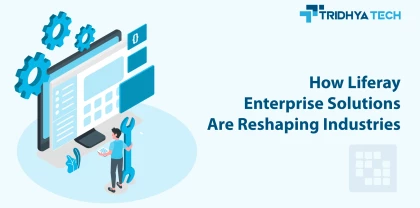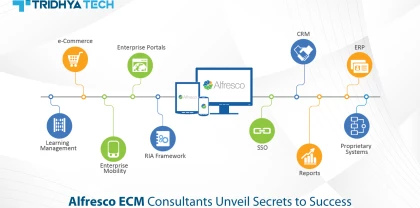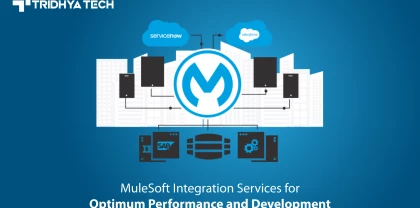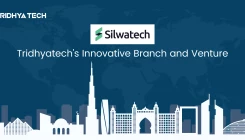- Services
-
- Industries
- Who we are
- About us
Tridhya Tech is a full-service software development company that caters its services to eCommerce, web, and mobile application development.
- Leadership
Effective leadership involves motivating, empowering, and guiding individuals and teams towards success, while also fostering a positive and productive work environment.
- Partnership
Tridhya Tech, a company specializing in digital commerce and experience transformation, recently joined the prestigious Adobe Solution Partner Program as a Bronze Partner.
- Infrastructure
Tridhya Tech has a stable infrastructure for smooth operations for development environment and internal/external communication.
- About us
- Investors
- Insights

Empowering Alfresco Development Excellence
Being an Alfresco development company demands a profound understanding not only of the platform itself but also the intricate technologies upon which it is constructed. Our organization boasts a robust ECM foundation and a rich Alfresco background, reflecting a deep-rooted commitment to excellence. Our Alfresco development services are meticulously process-driven, meticulously aligning with Alfresco's industry best practices. We prioritize staying at the forefront of ECM innovation, and to achieve this, we've established comprehensive 'training and knowledge expansion' initiatives that disseminate architect-level expertise throughout our organization.
